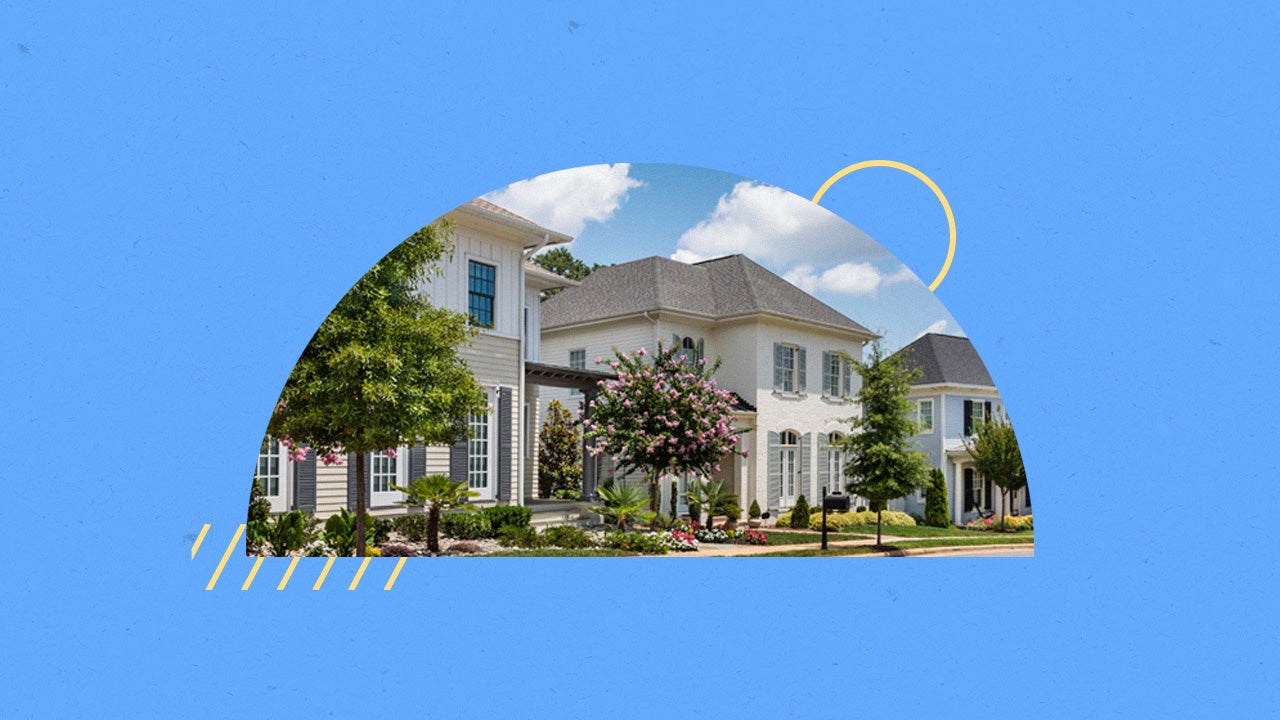What are the pros and cons of home improvement loans?




Key takeaways
- Home improvement loans provide homeowners with quick funding and flexible repayment options.
- The best home improvement loan rates are reserved for borrowers with good or excellent credit, while rates for borrowers with bad credit can be high.
- Home improvement loans can build your credit and increase the value of your home if managed well, but they have serious drawbacks, like high fees, impacts to your credit and secured options that put your assets at risk.
Home improvement loans (also known as home renovation loans) are personal loans that provide funds for improving your home. They’re available from banks, credit unions and online lenders, and they work like a personal loan except that the funds can only be used for renovation costs.
Flexible and fast, home improvement loans are a great option for some home projects, but they’re not your only option for funding. Most home improvement loan lenders require good or excellent credit to qualify. Home equity products generally offer lower rates because they are secured by your home. Of course, paying for your home renovation from savings is another option.
Pros and cons of personal loans for home improvement
Home improvement loans can help you get started on projects around your home even if you don’t have the cash on hand to cover them. However, like any other loan, they need to be managed responsibly, or you could end up damaging your finances and credit score.

Pros
- Finance big home projects
- Add value to your home
- Fixed payment
- Can build credit if managed well

Cons
- Increased debt load, which can negatively impact your credit
- Potentially high fees and interest rates
- May be secured by your home
Taking out a home improvement loan can help you get started immediately on a big project. That could be important if your project improves your quality of life or safety, and the change needs to happen sooner rather than later. It can also be a great way to add value to your home.
Installment loans, like personal loans or home equity loans, are repaid in a set number of payments, making them easier to repay than revolving debt such as credit cards. Plus, personal loans have fixed interest rates that are typically lower than the variable rates you’ll find on credit cards. Initially, borrowing a home improvement loan can lower your credit score because it increases your credit utilization. But if you make your loan payments on time, your home improvement loan could improve your credit score.
Fees and interest can make home improvement loans expensive, with APRs as high as 36 percent for borrowers with lower credit scores. While most personal loans are unsecured, a home equity loan or home equity line of credit (HELOC) is secured by your property. If you default on a secured loan, you could lose your home.
Should you use a personal loan for home improvement?
Personal loans are a fast, relatively inexpensive and low-risk option for paying for home improvements. Because of their fast funding, they’re a good option for emergency repairs for things like storm damage or burst pipes. This is especially true if you have a quote from the company completing your improvements and you know exactly how much you need to borrow.
On the other hand, personal loans can be expensive for those with little or poor credit, and it increases your debt load. Personal loans may not be the best option if your project is ongoing, you’re uncertain how much it will cost or you qualify for cheaper borrowing options.
When to get a home improvement personal loan
- You need to cover emergency repairs quickly. Some lenders can approve you for an unsecured personal loan in minutes and may offer same- or next-day funding.
- You don’t want to put up collateral. Most home improvement loans are unsecured, so you won’t risk losing your assets if you fall behind on repayment.
- You’re funding a short-term project with a set budget. Home improvement loans offer a one-time lump sum of funds. If you know exactly how much you need to borrow, a personal loan can help you stick to your budget without borrowing more than is necessary.

The best home improvement loans of 2025
If a personal loan is the right fit for your borrowing needs, compare Bankrate's top picks for the best home improvement lenders.
Learn moreWhen not to get a home improvement personal loan
- You have poor credit. While bad credit loans are available, they come with high rates and unfavorable terms.
- You’re juggling multiple other large debts. Lenders will consider your DTI when evaluating you for a loan, possibly raising your rate. Consider whether taking out another loan could overextend your finances. If your home improvement project can wait, focus on paying down debt before applying.
- You don’t know how much you need to borrow. A home improvement loan offers a set amount of money. If you need more money than expected, you’ll have to take out another loan or turn to other borrowing options for more money. A credit card or HELOC may offer more flexibility for ongoing projects.
- You have high home equity. Home equity loans and HELOCs tend to have lower rates than unsecured debt like personal loans. You can typically borrow up to 85 percent of your available home equity.
Other ways to finance a home improvement project
A home improvement loan isn’t the only way to finance your home improvement project.
Home equity loan
Like personal loans, a home equity loan is disbursed in a lump sum and repaid in a set of fixed installments. The difference is that home equity loans are secured by your home, resulting in a lower rate. However, this means you can lose your home if you default on the loan. Closing costs can also be high, potentially 2 to 5 percent of the loan amount.
HELOC
A home equity line of credit is a line of revolving credit — similar to a credit card — that you can draw money from as needed. HELOCs come with variable interest rates that fluctuate with the market — but during the introductory draw period (which can be 10 years), you may be expected to make interest-only payments. Like a home equity loan, a HELOC is secured with your home and can include high closing costs.
Cash-out refinance
With a cash-out refinance, you borrow a new mortgage for more than you owe on your house and use the difference to pay for your home improvement project. Closing costs can be high, and since your new mortgage will have a new interest rate, this option won’t make sense if interest rates are higher than when you originally took out your mortgage.
Title I property improvement loan
A Title I property improvement loan is a government loan guaranteed by the Federal Housing Administration (FHA). It’s designed for home improvements, renovations and repairs. While it’s a good option for homeowners with low-to-moderate incomes, the maximum borrowing amount is $25,000 for a single-family home, which is low compared to other borrowing options. Plus, larger loan amounts may be secured by the property, and not all home improvement projects will qualify.
Credit cards
Credit cards can be an expensive way to cover a big purchase because interest rates are usually much higher than other financing options. But if you have great credit, you may qualify for a card with a 0 percent APR introductory period. Depending on the card, the promotional period may be as long as 21 months.
If you’re certain that you’ll be able to pay off your balance before the promotional period ends, a credit card can be an interest-free way to borrow money. But beware: Any balance that remains when the introductory period expires will be subject to interest, and credit card interest rates can be high. (And if you have a card that charges deferred interest, you could be on the hook for all the interest that would have accrued during the promotional period.)
Savings
The cheapest way to cover a home improvement project is by using your savings. You’ll avoid interest and fees, you won’t increase your debt load and you won’t impact your credit.
Of course, you may not have time to save for an expensive project, or you may not want to deplete your savings if they’re earmarked for another expense. You’ll also miss out on earning interest if you spend your savings.
Bottom line
Any time you borrow, it’s important to consider the impact that taking on debt will have on your financial wellbeing. Start with a hard look at your finances to decide if now is the right time to complete your project — and if borrowing is the right way to pay for it.
If you decide the time is right, a home improvement loan can be a great borrowing option, although it’s far from your only choice. Be sure that whatever option you choose fits comfortably into your budget and will make repayment easy.
You may also like

Pros and cons of fast business loans



